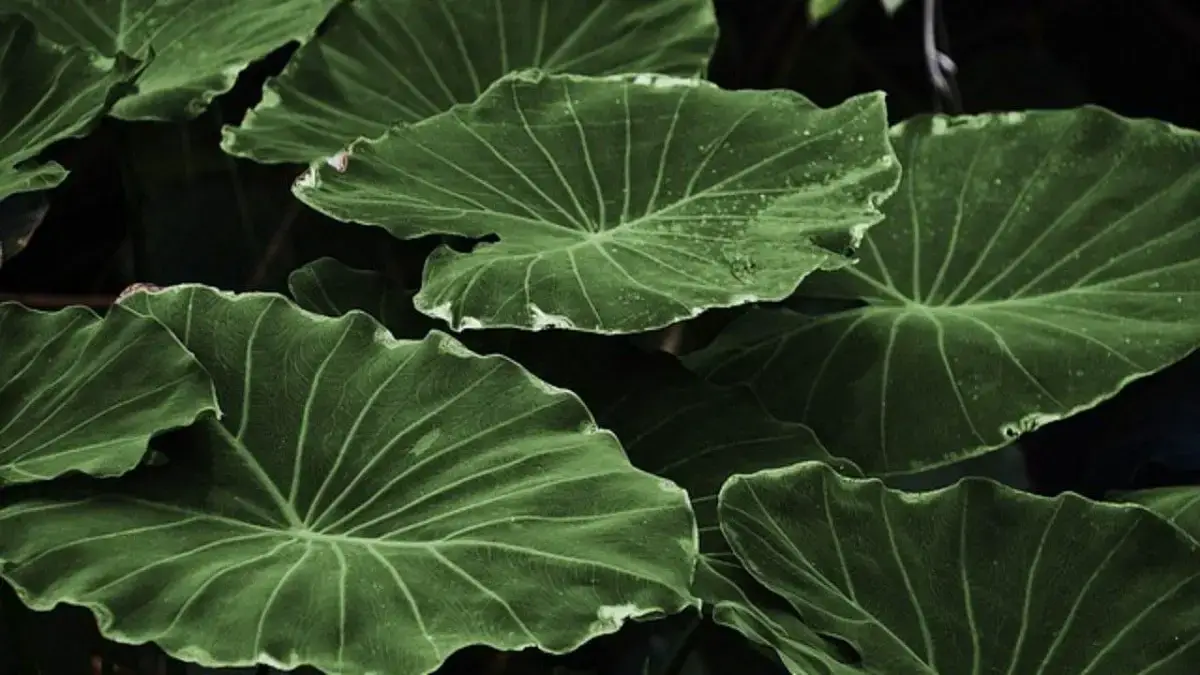

Although we see plants develop normally, they have a great dilemma to face on an ongoing basis. They should try to get as much carbon dioxide as possible through the process of photosynthesis and retain as much water as possible. In order to absorb carbon dioxide from the atmosphere, they need organs known as stomata. These are specialized cells that are found in the epidermis of plants and that have this function.
In this article we are going to tell you everything you need to know about stomata and their function in plants.
What are stomata


Carbon dioxide is found in the atmosphere but it is very dilute. Only 0.03% of the air content of the atmosphere is carbon dioxide. Therefore, they need specific organs to be able to absorb this gas and carry out photosynthesis. The organs responsible for absorbing carbon dioxide are the stomata. These stomata are nothing more than pores or openings that can be regulated and found in the epidermal tissue. They are made up of a pair of specialized cells called occlusive cells.
The pore that forms through the stomata is called an ostiole. The ostiolus is in charge of communicating into the plant with a cavity called the substomatic chamber. On the sides of each occlusive cell are generally several epidermal cells that are called subsidiary cells or accessory cells. When it comes to opening or closing the stomata, it is the occlusive cells that control it.
It can be said that the stomata They are those that represent the interface between the environment and the plant. The origin of these stomata is very likely to have arisen when the plants modified their natural environment from the aquatic part and were colonizing the land. The way of incorporating the carbon dioxide dissolved in the environment was modified. From entering through the carbon dioxide dissolved in the water to having to filter it from the air.
Key features


Stomata are present in the epidermis of all aerial parts of the plant. These aerial parts make up the leaves, green stems, flowers and developing fruits. All these elements of the plant have stomata to be able to exchange oxygen and carbon dioxide from the environment. There are some plants like the The pea plant that also have stomata on the roots.
To date, none of these organs have been found in algae, fungi or other parasitic plants that do not have chlorophyll. However, they are present in bryophytes, pteridophytes and spermatophytes. Depending on the type of leaf, it usually has a greater number of stomata. And this is the aerial part that has the greatest amount of gases to exchange with the atmosphere.
One of the problems that plants face during times of drought or during the summer is the loss of water through this gas exchange. And it is that, when the stomata open, not only gases are exchanged from the inside to the outside of the plant, but also part of the water that the plant has inside it evaporates. For this reason, photosynthesis must be graduated at those times of the day where temperatures are lower and the amount of perspiration is the minimum. Thus, plants guarantee less water loss through this gas exchange.
Contrary to popular belief, there are numerous plants that they do not photosynthesize as continuously during the summer or dry seasons. They do this in order to save as much water as possible and not waste anything through perspiration. Another technique for survival and adaptation to the environment is to carry out photosynthesis only in the early hours of the morning there was late in the afternoon. It is a technique that helps to save as much water as possible, since the insolation at this time is less.
To affect less amount of solar radiation on the stomata and the surface of the plant in general, there will be less water loss through perspiration.
Types of leaves depending on the location of the stomata


As we have mentioned before, the leaves are the parts of the plants that have the most stomata. This is because they are parts, there are days that are arranged in a more optimal way to be able to exchange these gases with the atmosphere. Depending on the number of stomata and the location where they are found, it will be called differently.
These are the names they receive according to their location:
- Epiestomatics: These are leaves that have stomata only on the adaxial face or the bundle. Normally these plants require a lot of sun exposure at the end of the day. It is the only way they can exchange gases with the atmosphere and carry out photosynthesis.
- Hypostomatic: are those leaves that have stomata only on the abaxial or underside. These types of leaves are the most frequent in practically all trees. And it is that, despite what is popularly thought, it is the underside of the leaves where the stomata are located that serve to exchange these gases with the atmosphere.
- Amphiestomatic: they are leaves that have stomata on both sides. Although they have stomata on both sides, they tend to preferably have more on the bottom. This occurs mainly with plants of the herbaceous family.
It must be taken into account that, depending on the species, the area of distribution, the ecosystems, the climate, the amount of solar rays, the precipitations, etc. There will be different types of plant species that can adapt to these environmental conditions. Therefore, we can observe that the frequency or density of the number of stomata of the plant can vary widely from a few tens to thousands per square millimeter. This number of stomata is also influenced by the morphology of the leaves and their genetic makeup.
I hope that with this information you can learn more about stomata and their function in plants.
